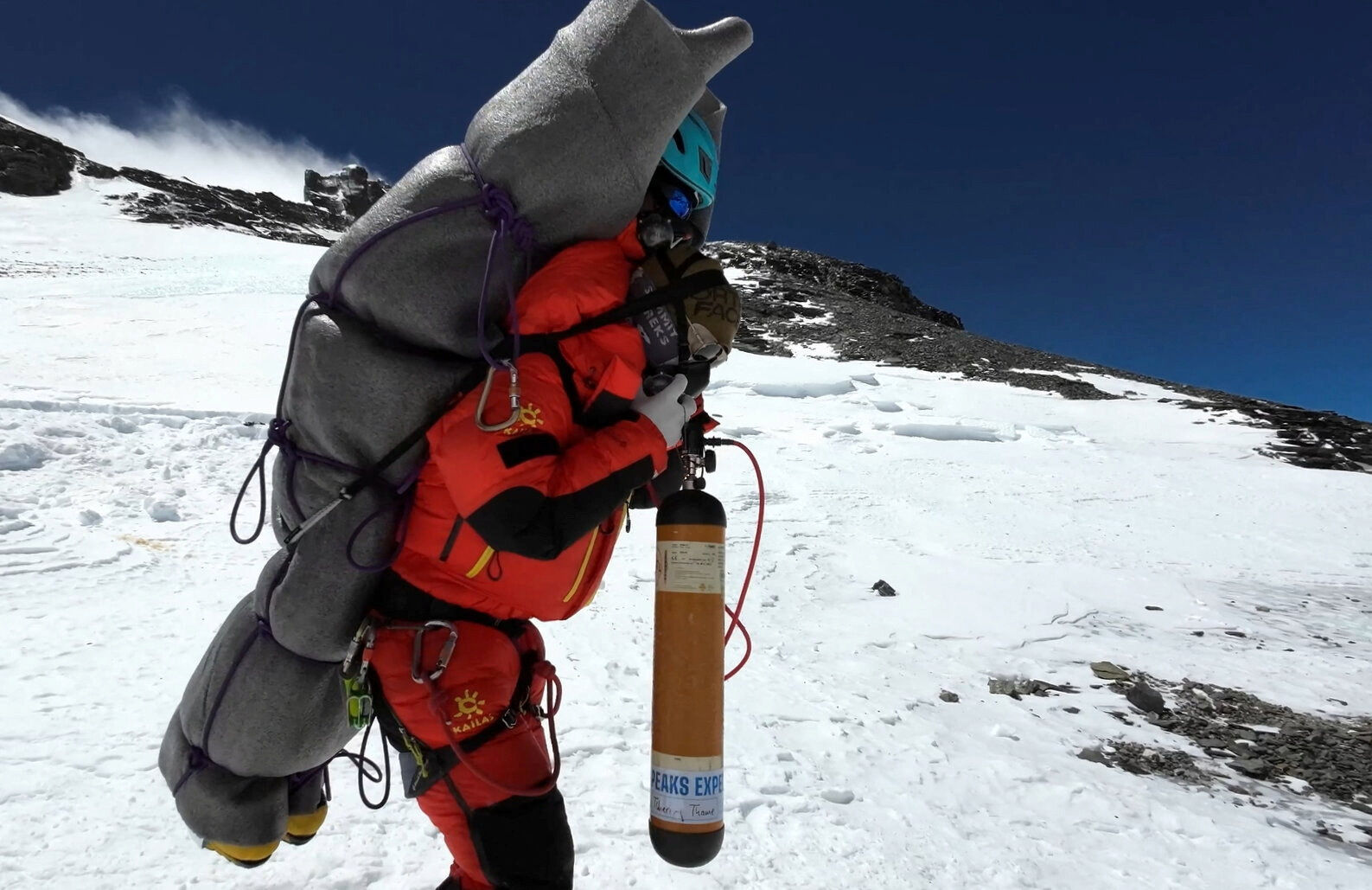Everest’s deadliest season blamed on cold weather and inexperienced climbers

Mount Everest has experienced one of its deadliest climbing seasons, with experts attributing the increased danger to extreme weather, safety shortcuts, and inexperienced foreign climbers. As the final search and rescue teams leave the area and Base Camp is dismantled, experienced climbers believe that several of the 17 fatalities and missing persons could have been avoided.
“This season was very bad overall,” commented Mingma Gyalje Sherpa, an expedition organiser from Imagine Nepal Trek and Expedition. “The main reason is that the weather was extremely cold … but there was also carelessness.”
While higher death numbers have been recorded in previous seasons, those figures included individuals killed in large-scale disasters. In 2014, an avalanche killed 16 Nepali guides, and in 2015, at least 18 people died in an earthquake that claimed nearly 9,000 lives across Nepal. This season, 12 people died, and five others are missing, with ten of them being foreign climbers – the highest such toll on record.
Nepal issued a record 478 permits for foreign clients this season, with approximately 600 climbers and guides reaching the summit. This has led some to suggest that the number of permits should be reduced. The extreme cold experienced this year, with temperatures reaching as low as minus 40 degrees Celsius, added to the danger. While climate change is causing extreme fluctuations in temperature, scientists warn against attributing specific events to global heating without evidence.
Freezing weather and high winds resulted in many Nepalese guides and porters suffering from frostbite early in the season. This had a knock-on effect on the preparation of higher altitude camps. “It meant that Camp 4 was not prepared enough and not all supplies reached there … but clients were impatient and climbing began,” Mingma Gyalje Sherpa said. “I think some of the casualties could have been prevented if all the supplies were there.”
The rapid growth of the climbing industry has led to fierce competition among companies, raising concerns that some may be compromising on safety. Lukas Furtenbach, from Austria-based Furtenbach Adventures, stated that most of the deaths could have been avoided “with mandatory safety standards.”
Many climbers abandoned their expeditions this season, despite having paid a non-refundable US$11,000 for a permit and at least US$30,000 more for the expedition. “It shook people’s confidence. When you keep seeing people getting sick, having to be rescued, or bodies being brought down, even the fittest climber has doubts,” said Dawa Steven Sherpa of expedition organiser Asian Trekking.
The season also took a significant toll on Nepalese guides, typically ethnic Sherpas from the valleys surrounding Everest. These guides are crucial to the climbing industry, taking on significant risks to carry equipment and food, fix ropes, and repair ladders. The increased need for rescues also required more staff. “It has been an emotionally and physically draining year for the Sherpas,” Dawa Steven Sherpa said. “Some left, many were injured, which meant that those still on the mountain were overworked. Everyone was exhausted.”
Latest Thailand News
Follow The Thaiger on Google News:


























